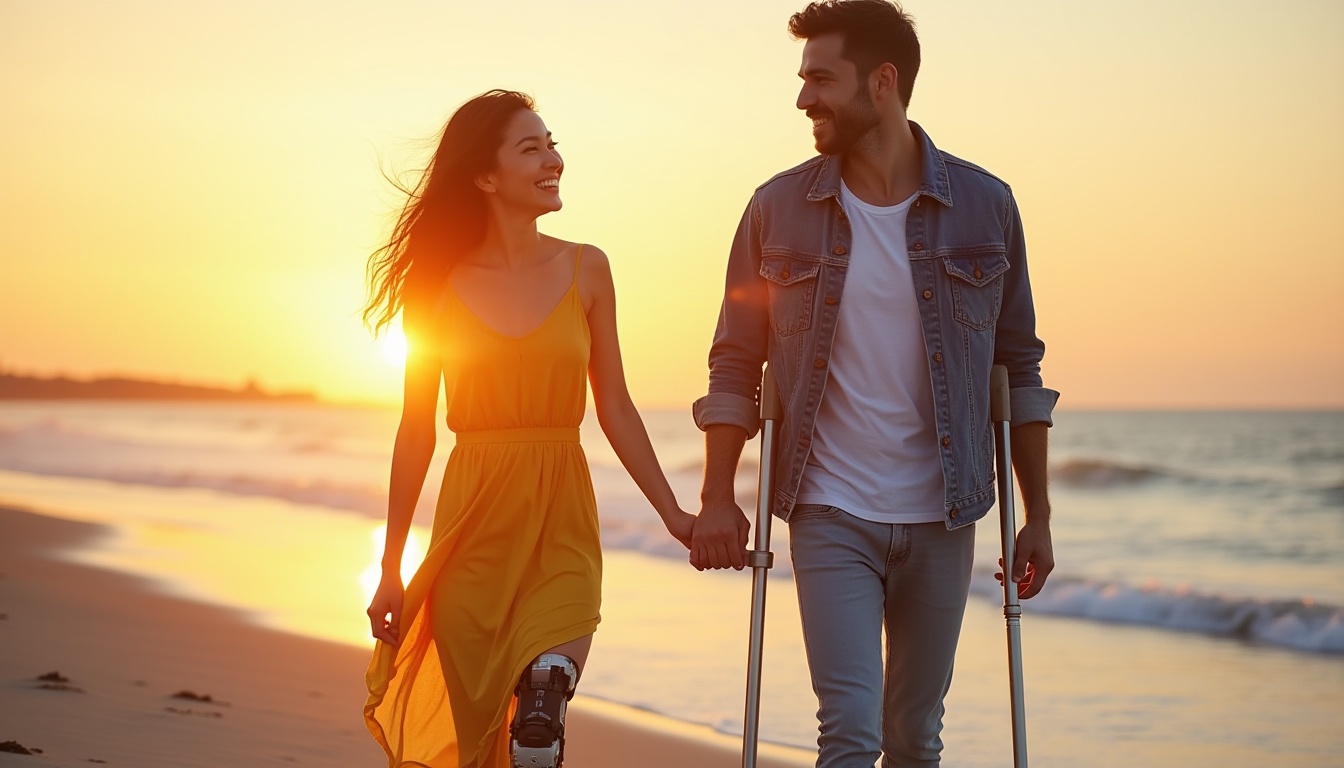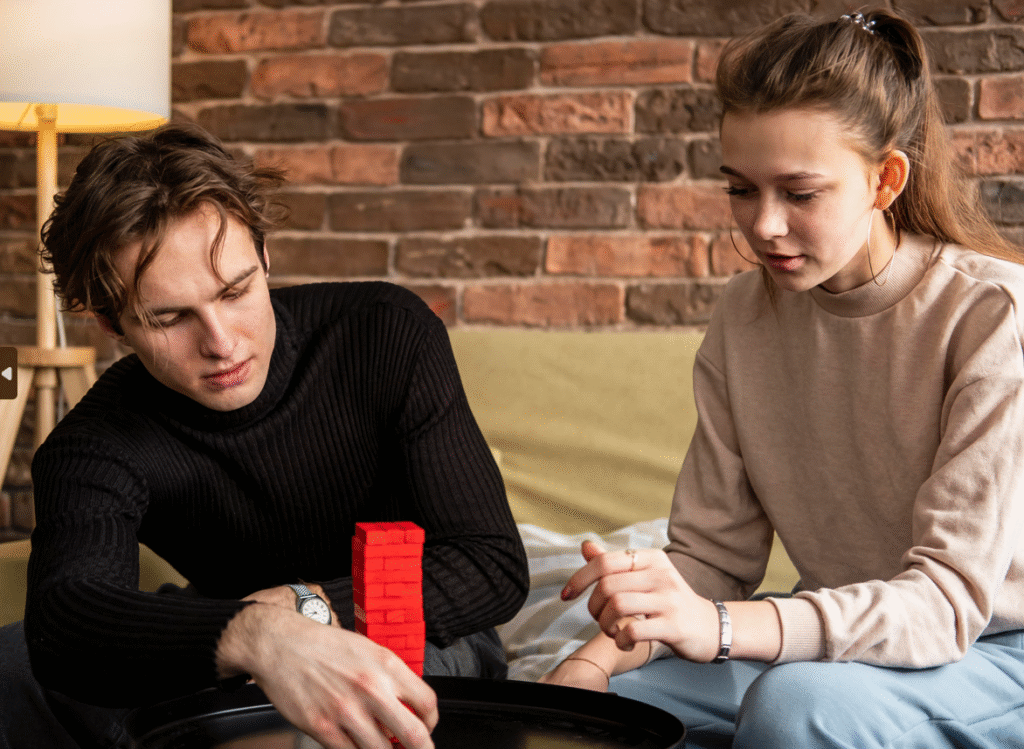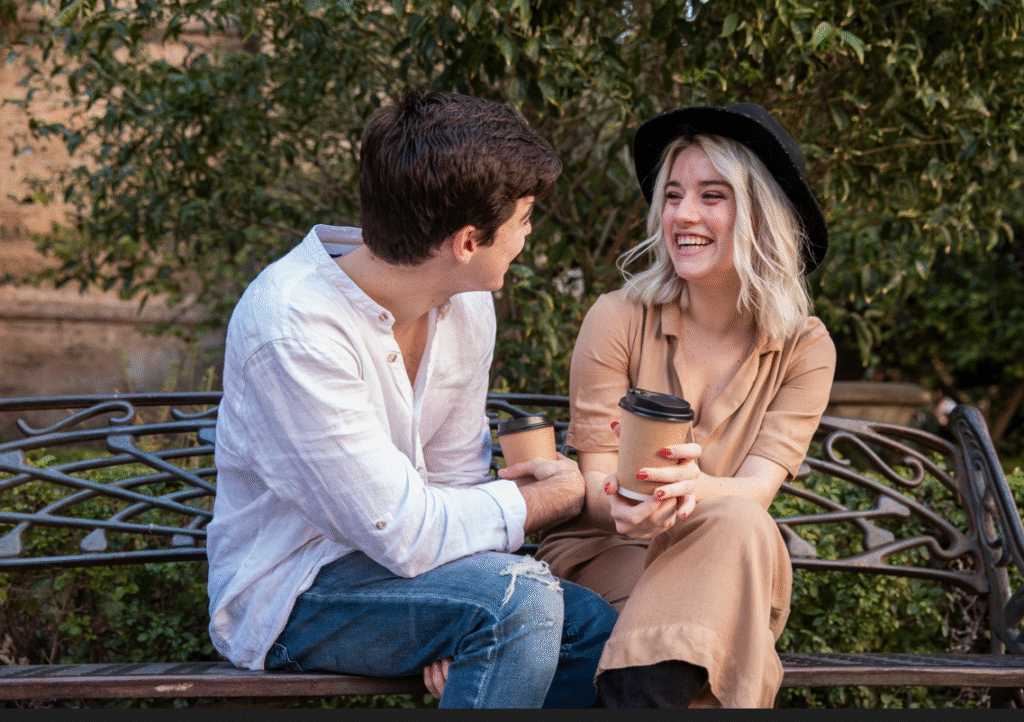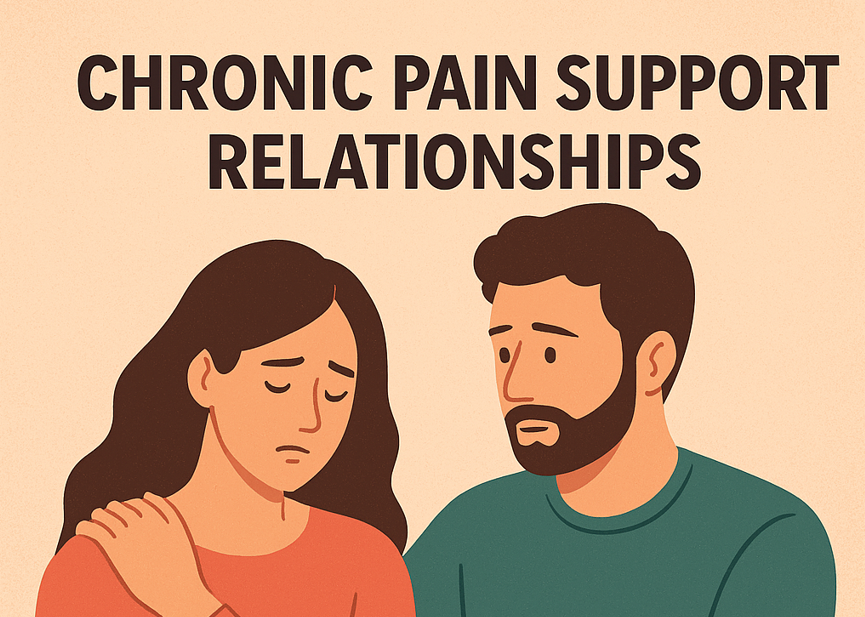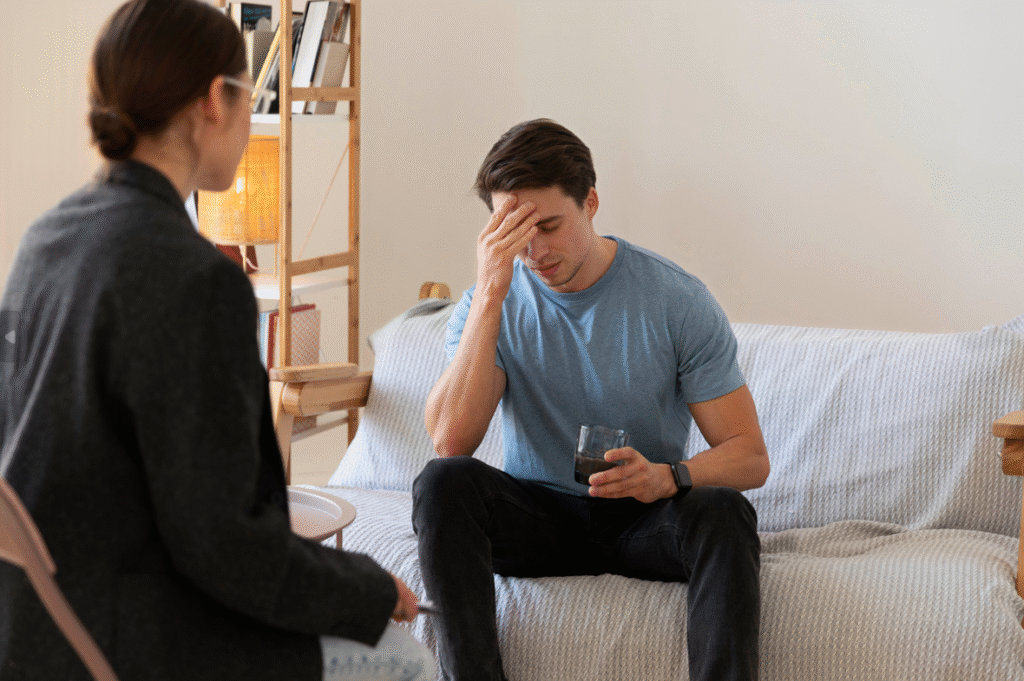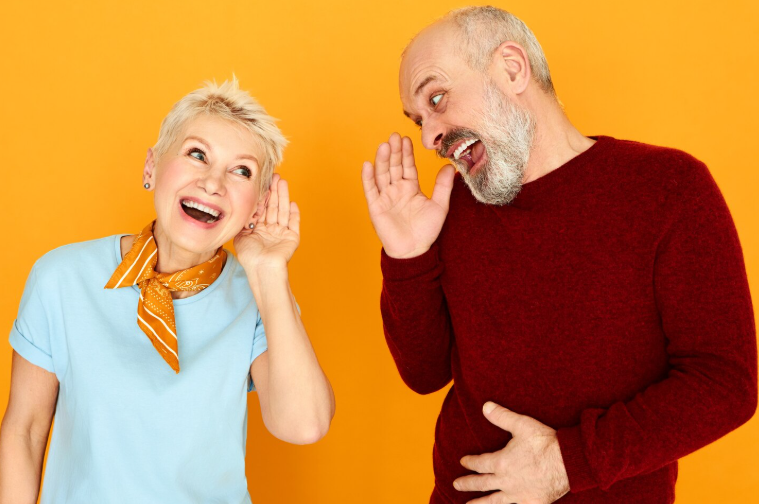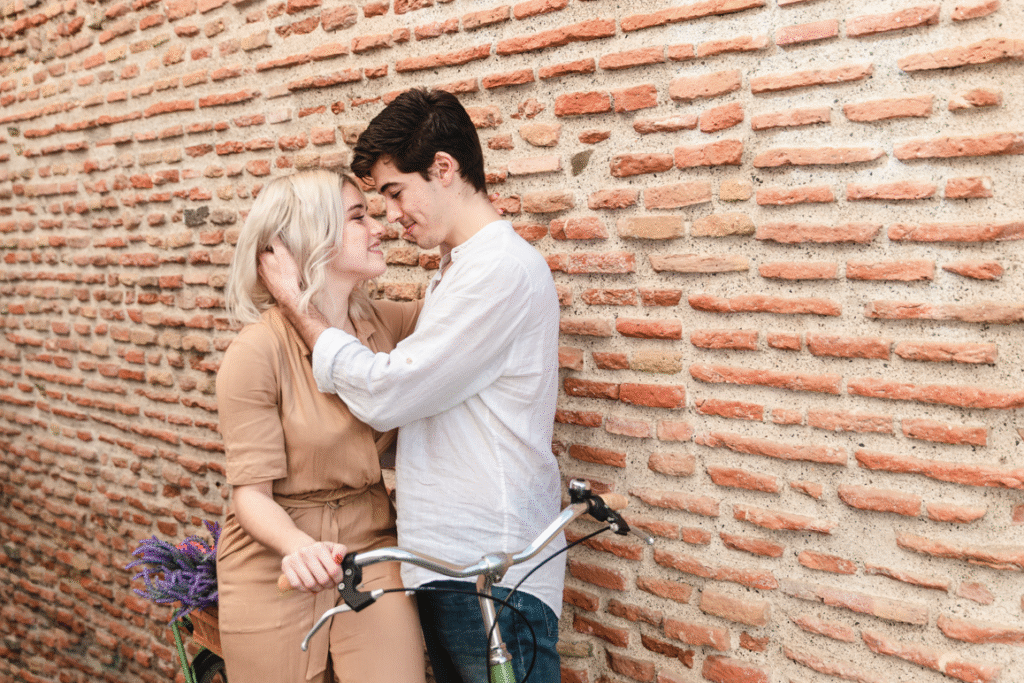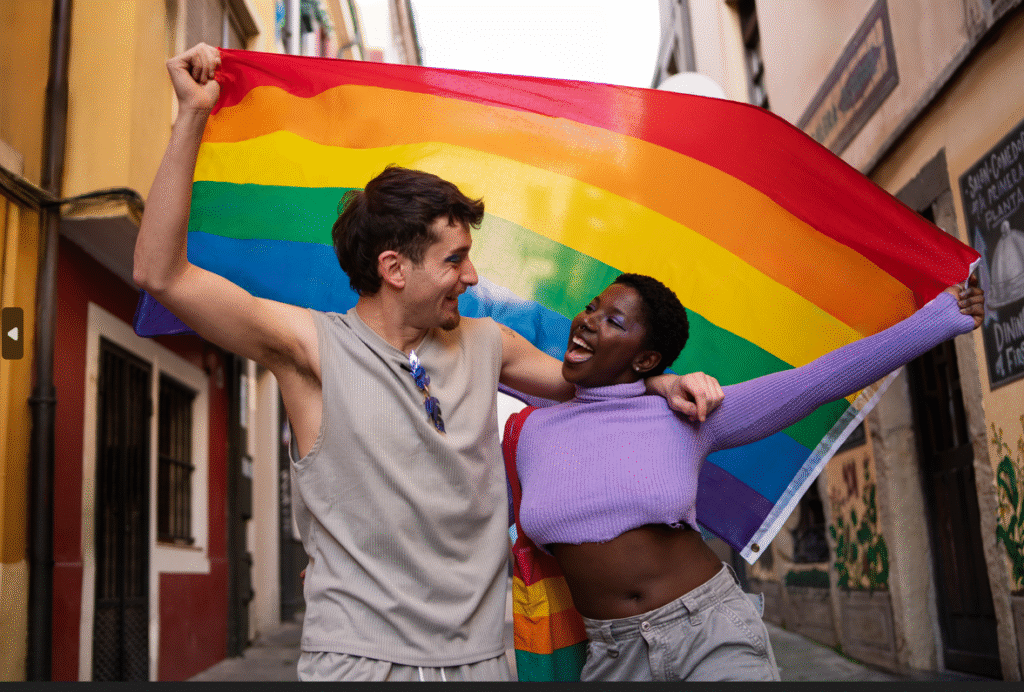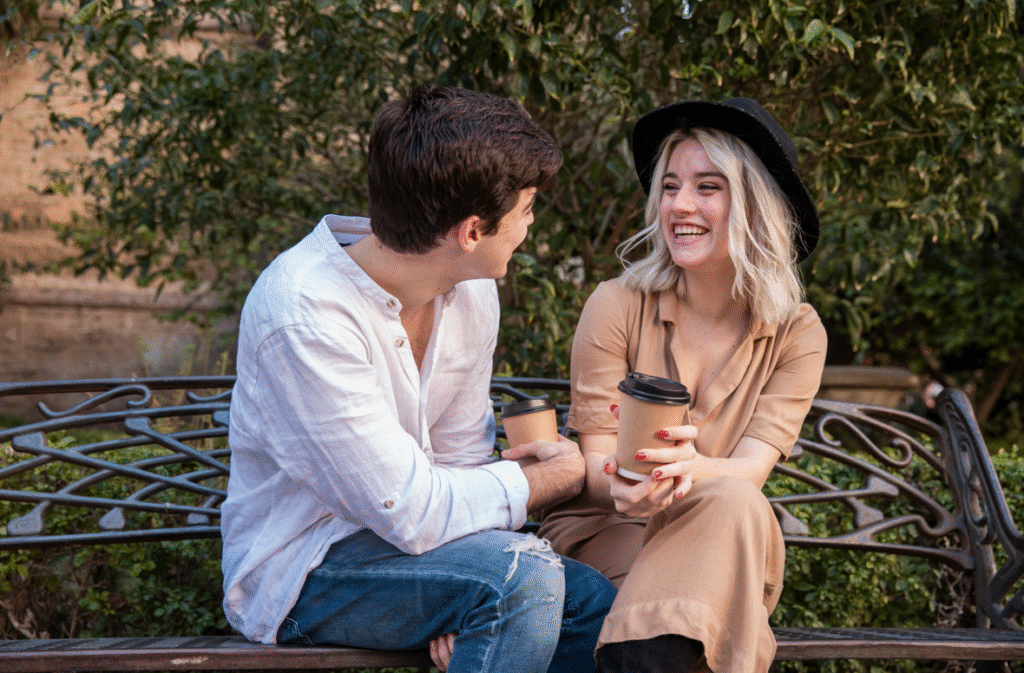Is anxiety a disability? This article explains when anxiety becomes a disability, how to document it, what protections and supports may apply, and practical steps you can take today. It includes a real‑life case, pros/cons, FAQs and safety guidance tailored for BridgesMate readers seeking relationship and life stability.

What Does “Is Anxiety a Disability” Actually Mean?
The question is anxiety a disability asks whether an anxiety disorder can meet legal and functional thresholds to be treated as a disability. Everyday worry is not the same as a disabling anxiety disorder. Legally and clinically, anxiety counts as a disability when it substantially limits one or more major life activities (work, social interaction, concentration, self‑care) and when the condition is supported by medical documentation.
Authoritative sources such as the Social Security Administration and disability law summaries outline that anxiety disorders may be covered under disability law in many jurisdictions when those tests are met. For general background, see resources at the Social Security Administration and the U.S. Department of Justice — ADA guidance.
How to Tell If Your Anxiety Qualifies as a Disability (Practical Checklist)
1. Does your anxiety substantially limit major life activities?
Ask whether anxiety prevents you from doing essential tasks: keeping a job, attending classes, leaving the house, concentrating or maintaining relationships. A temporary decrease in function is different from a sustained substantial limitation.
2. Duration & Documentation
Evidence matters. Generally, long‑term or recurring impairment (commonly 12 months or documented pattern) and clinical records from a licensed professional strengthen any claim that anxiety is a disability. Keep therapy notes, medication history, and functional impact statements.
3. Demonstrable impact at work or daily life
If anxiety makes it impossible to meet job demands or causes repeated sick days, missed deadlines, or inability to interact with coworkers, that functional impact is central to the question of whether anxiety is a disability.
Case Study — “Lina’s Story” (Anonymized)
Lina, 27, managed generalized anxiety for years. After a promotion she developed panic attacks, severe insomnia, and concentration breakdowns that led to repeated workplace warnings. With consent she shared clinical notes and a functional capacity letter from her clinician, requested reasonable accommodations (flexible hours, reduced public speaking) and—when those were denied—consulted legal aid. Her documentation helped her secure accommodations and a sustainable workload.
This case highlights realistic steps: document symptoms, ask for accommodations, and escalate to formal requests or legal advice if needed.
Benefits and Drawbacks of Labeling Anxiety as a Disability
Benefits of recognizing anxiety as a disability
- Access to legal protections (reasonable accommodations under ADA or local laws).
- Eligibility for certain benefits if you cannot perform substantial gainful activity.
- Validation of lived experience and a structured route to support.
Drawbacks and risks to consider
- Not all anxiety meets the legal threshold; applications and claims can be denied.
- Potential stigma in some workplaces or social settings despite legal protections.
- Over‑reliance on disability status can inadvertently reduce focus on recovery strategies.
Comparison — Clinical Anxiety vs. Disability‑Level Anxiety
| Feature | Clinical/Diagnosed Anxiety | Disability‑Level Anxiety |
|---|---|---|
| Impact | Interferes sometimes, manageable with treatment | Substantially limits major life activities |
| Duration | Weeks to months with treatment response | Long‑term or recurring, often documented 12+ months |
| Work | May continue working with adjustments | Unable to perform substantial gainful activity without accommodations |
How to Document and Apply — Concrete Steps
1. See a qualified clinician and get a clear diagnosis
Request a diagnostic report that details symptoms, functional limitations and treatment history. For BridgesMate resources, see our Mental Health Support page.
2. Keep functional evidence
Collect employer evaluations, attendance records, and letters from clinicians describing how anxiety limits specific tasks.
3. Request reasonable accommodations
Start informally with HR or your manager. If needed, submit written accommodation requests and include medical documentation. BridgesMate offers sample scripts and templates in our blog resources.
FAQ — Common Questions About “Is Anxiety a Disability”
Q: Is mild anxiety considered a disability?
A: No. Mild or situational anxiety usually does not meet the legal standard for a disability. The threshold is functional limitation.
Q: Do I have to tell my employer if anxiety is a disability?
A: You are not required to disclose until you request accommodations. Disclosure is a personal choice; plan it carefully and consult HR or legal aid if unsure.
Q: Can I get disability benefits for anxiety?
A: Potentially—if you meet criteria for duration, severity, and inability to work. Benefit systems differ by country; consult the relevant agency (e.g., SSA in the U.S.) or legal aid.
Safety Guidance & Risks When Labeling Anxiety as a Disability
- Don’t self‑diagnose for legal claims. Only a licensed clinician’s documentation carries weight.
- Prepare for privacy decisions. Decide who needs to know and how much to disclose.
- Watch for denial or stigma. If your workplace reacts poorly, seek formal channels and legal advice.
- Keep recovery in view. Disability status can help you access support while you pursue treatment and coping strategies.
User Experience — What Others Say
BridgesMate community members often report that getting accommodations (flexible hours, remote options) made a major difference in their ability to stay in work and maintain relationships. For peer support and shared stories see our Community hub.
Final Takeaways — Is Anxiety a Disability?
Short answer: It can be. Whether anxiety is a disability depends on its severity, duration, and the degree to which it limits major life activities. Document symptoms, seek clinical evidence, ask for accommodations, and use legal/benefit channels if needed. BridgesMate aims to help you through each step — from templates to community support and further reading.
This article is informational and not legal or medical advice. If you face an immediate crisis, contact local emergency services or a licensed mental health professional. For resources specific to BridgesMate, visit bridgesmate.com/resources.
Sources & further reading: Social Security Administration, ADA guidance, peer‑reviewed summaries on anxiety disorders, and legal counsel resources. External links open in a new tab.
